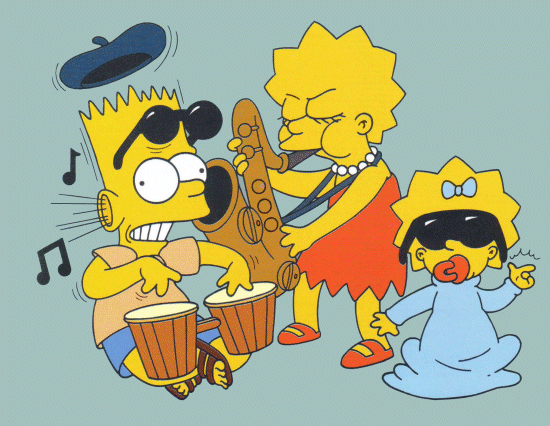Songs happen in all kinds of different ways (see some examples here), but for me probably the most fun way is to start off with another song’s groove and grow a new song out of that.
This way of writing is in a bit of a bad odor lately as a result of the ridiculous lawsuit brought (and somehow won) by Marvin Gaye’s family against Pharrell Williams and Robin Thicke. Don’t avoid this writing approach just because the ‘Blurred Lines’ suit turned out like it did. That was a ‘black swan’.
(And by the way, if you listen to Part 2 of Marvin’s ‘Got To Give It Up’, the song Pharrell and Robin supposedly ripped off, you’ll hear a chant taken from from Manu Dibango’s ‘Soul Makossa’… which, after it was used by Marvin, was in turn used by Michael Jackson in ‘Wanna Be Starting Something’…)
In all genres of music, growing a song out of another is one of the most time-honored ways of beginning a new song. Yes, at some point you may have to check in and be certain that your song isn’t too much like the one you started with… but it’s rarely a problem, trust me. And even if it is, you just need to change a note or two and/or a rhythm and you’ll be fine.
The idea is this: by the time you’re done mangling it, your song will rarely sound much if anything like its model!
Here’s the recipe:
Start with the rhythmic feel of a song that gets you going physically, that has a groove you love. Of course that feel includes the melody and even the chords. But it’s primarily the underpinning that gets the body moving and the toes tapping; that’s what we’re concerned with here. So do the best you can to isolate the drum, bass, and percussion feel, the rhythm section, from the rest of the song.
Take that feel – at roughly the same tempo, at least to begin with – and either use a drum loop that’s similar to it and/or just start strumming the guitar or banging at the keyboard in a way that reminds you of the song that made you feel good.
You can even fool around with chords that go in a similar kind of motion; similar but not exactly the same. If it’s a 4 bar pattern, try that. If the chords move gradually, or hardly at all, try that. Just use slightly different chords.
And you can even try some similarities with the motion of the melody… although here you want to step most lightly.
You’re trying to stay in touch with the feeling of whatever was magical to you in the groove of your ‘model’ song, but you’re also willing to let the river run its own course once it starts gathering momentum.
When you get something rolling, the song will usually take on its own flow. Let it. You don’t have to emulate the other song any more.
By this time, if you’re having a good day, you should have something with a life of its own. Go with it – now you can let your song take you where it wants to go.
Let me know your thoughts in the Comments section below:

And please share on facebook etc. by clicking these tabs –
